Refine search
Actions for selected content:
87121 results for computational-physics
Title match

Computational Physics
-
- Published online:
- 05 June 2012
- Print publication:
- 22 March 2007
Part I - The Computability of Physical Systems and Physical Systems as Computers
-
- Book:
- Physical Perspectives on Computation, Computational Perspectives on Physics
- Published online:
- 17 May 2018
- Print publication:
- 17 May 2018, pp 21-22
-
- Chapter
- Export citation
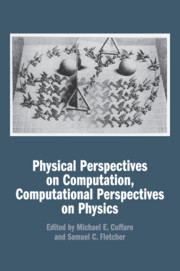
Physical Perspectives on Computation, Computational Perspectives on Physics
-
- Published online:
- 17 May 2018
- Print publication:
- 17 May 2018

Physics and Computation
-
- Published online:
- 20 August 2021
- Print publication:
- 23 September 2021
-
- Element
- Export citation
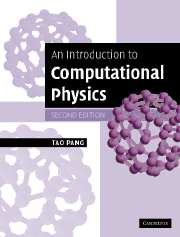
An Introduction to Computational Physics
-
- Published online:
- 05 June 2012
- Print publication:
- 19 January 2006
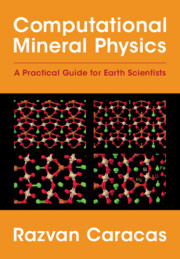
Computational Mineral Physics
- A Practical Guide for Earth Scientists
- Coming soon
-
- Expected online publication date:
- March 2026
- Print publication:
- 31 March 2026
-
- Book
- Export citation
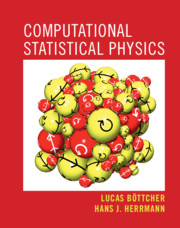
Computational Statistical Physics
-
- Published online:
- 10 August 2021
- Print publication:
- 26 August 2021

Computability in Analysis and Physics
-
- Published online:
- 24 March 2017
- Print publication:
- 02 March 2017
7 - The Basics of Computational Physics
- from Part II - Numerical Methods
-
- Book:
- Relativistic Kinetic Theory
- Published online:
- 09 March 2017
- Print publication:
- 16 February 2017, pp 61-94
-
- Chapter
- Export citation

Computational Methods for Physics
-
- Published online:
- 05 July 2013
- Print publication:
- 23 May 2013
19 - Computational rock physics*
- from Part VII - Evolving methods
-
- Book:
- Seismic Reflections of Rock Properties
- Published online:
- 05 April 2014
- Print publication:
- 13 March 2014, pp 299-307
-
- Chapter
- Export citation

Introductory Computational Physics
-
- Published online:
- 04 August 2010
- Print publication:
- 09 March 2006
What is Computational Physics?
-
- Book:
- Computational Statistical Physics
- Published online:
- 10 August 2021
- Print publication:
- 26 August 2021, pp xiii-xiv
-
- Chapter
- Export citation
Introduction: computability of the physical
-
- Journal:
- Mathematical Structures in Computer Science / Volume 22 / Issue 5 / October 2012
- Published online by Cambridge University Press:
- 06 September 2012, pp. 723-728
-
- Article
- Export citation
3 - Computational Physics Introduction
-
- Book:
- The Gravitational Million–Body Problem
- Published online:
- 05 June 2012
- Print publication:
- 23 January 2003, pp 23-31
-
- Chapter
- Export citation
PART III - PHYSICAL{LY} COMPUTING
-
- Book:
- Teaching Computational Creativity
- Published online:
- 04 July 2017
- Print publication:
- 02 May 2017, pp 105-160
-
- Chapter
- Export citation
7 - Physics-like Models of Computation
-
-
- Book:
- Physical Perspectives on Computation, Computational Perspectives on Physics
- Published online:
- 17 May 2018
- Print publication:
- 17 May 2018, pp 153-171
-
- Chapter
- Export citation
7 - Quantum computers: physical realization
- from Part II - Quantum computation
-
- Book:
- Quantum Computation and Quantum Information
- Published online:
- 05 June 2012
- Print publication:
- 09 December 2010, pp 277-352
-
- Chapter
- Export citation
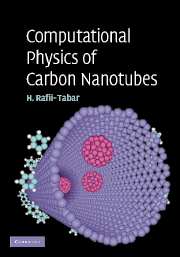
Computational Physics of Carbon Nanotubes
-
- Published online:
- 29 September 2009
- Print publication:
- 13 December 2007

A Computational Introduction to Quantum Physics
-
- Published online:
- 24 April 2024
- Print publication:
- 25 April 2024
-
- Textbook
- Export citation
